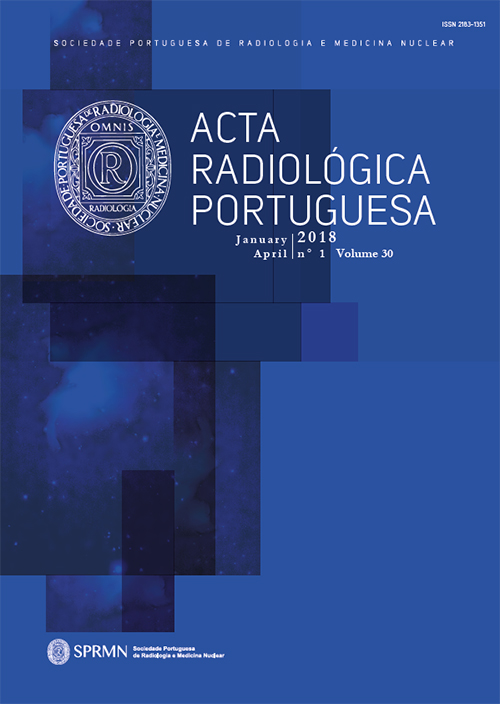Multidisciplinary Clinical Protocol of Management of Hypersensitivity* Reactions to Contrast Media in Radiology
DOI:
https://doi.org/10.25748/arp.13486Abstract
Acute hypersensitivity reactions to contrast media(AHRC) are infrequent, usually mild but potentially fatal. Although there are recommendations from Radiology, Intensive Care and Allergology fields regarding its management, a clinical multidisciplinary protocol that integrates these complementary approaches is missing. We aimed to elaborate a protocol that includes adverse reactions definition and classification; identification of risk factors and management of patients with AHRC. A non systematic revision of national and international guidelines was made regarding the management of hypersensitivity reactions, in order to elaborate a clinical consensus protocol to be used in different medical fields (Radiology, Allergology and Intensive Care). Non-renal adverse contrast reactions can be classified in chemotoxic (related to contrast chemical properties) and hypersensitivity reactions (with involvement of immunological mediators IgE and non IgE mediated); and in mild, moderate and severe (regarding severity), with different therapeutic approaches. Identified risk factors are previous contrast media reaction and asthma. Pre-medication decreases the probability of symptoms but does not exclude the possibility of a severe reaction. Patients suspected of AHRC should be observed in an allergy clinic to confirm the diagnosis and find an alternative contrast media. Clinical alert record as well as the notification of reaction to surveillance system of adverse drug reactions should be performed. This clinical expert’s protocol consensus based on national and international guidelines aims to be a valuable practical tool in the management of patients that need contrast media during a radiologic exam.
Downloads
Published
Issue
Section
License
CC BY-NC 4.0


